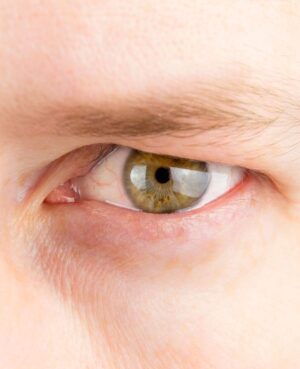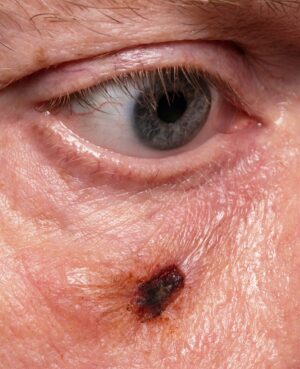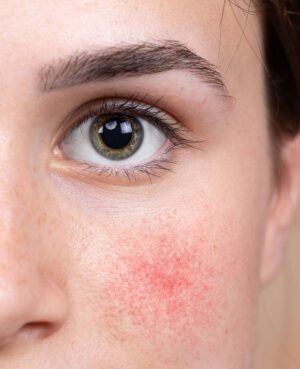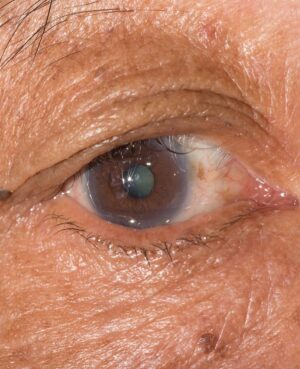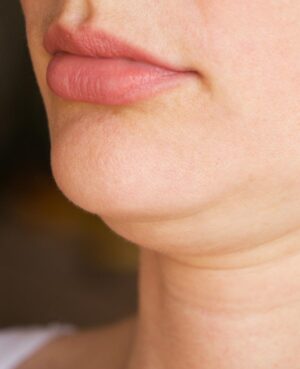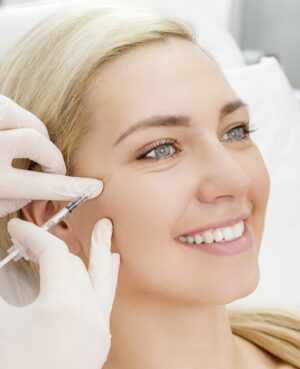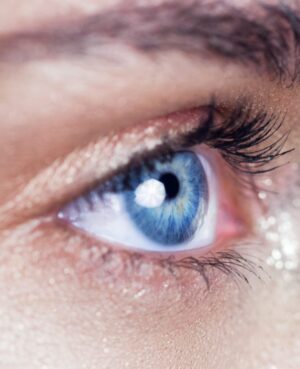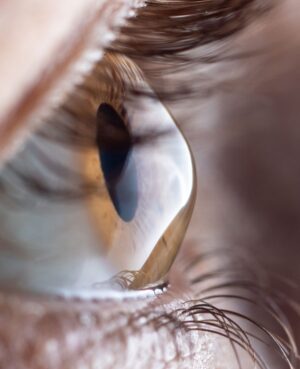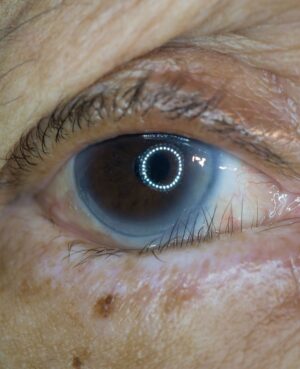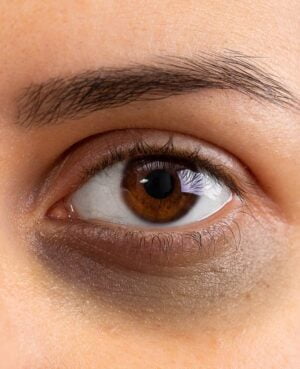Moles
Brown spots, or moles, are pigmented lesions. Benign (non-cancerous) moles and lesions can be left alone, and their removal is a personal choice. If you have a mole or lesion that is bothering you, removal – or excision – may be one option you’d like to look into.
It is common for new moles to appear from time to time, but for peace of mind, it is best to have them checked by a qualified medical professional. You should also seek medical advice if any of your current moles change shape or colour.

ABOUT THIS CONDITION
INFORMATION ABOUT YOUR SYMPTOMS
At FaceRestoration, we understand the concern that comes with the discovery of a mole, and we aim to treat you as soon as possible. We also understand that many patients do not wish to have moles on their face. We’re able to offer a wide range of treatments, from medical grade skincare to same-day surgeries, for peace of mind and increased prognosis. Our award-winning ophthalmic and oculoplastic surgeons will safely take care of everything from consultation and diagnosis to treatment and post-op care.
The first step in treating moles – especially around the eyes – is to achieve a proper diagnosis and ensure there is no cause for concern. You’ll then talk through all of the options that are available for the treatment, management, and aftercare with FaceRestoration.
What are moles?
When should I worry about a mole?
Most moles are nothing to worry about, but occasionally they show signs that are cause for concern. Common things to watch out for are:
- Moles that have changed colours
- A mole that has 2 or more colours
- Moles with uneven borders or undefined edges
- Any mole that is itchy, bleeding, crusty, or raised
Contact us at FaceRestoration today and we would be pleased to advise you!
How are moles and skin lesions removed?
Removing (or excising) skin lesions and moles is often a straightforward procedure. Most moles and lesions are removed under a local anaesthetic, meaning you’ll be awake, but the area will be numb.
There are a few different ways that we can remove a mole that you wish to be removed. The best way to discover your most appropriate and aesthetically pleasing treatment is to book in with our consultants.
How Can Cancerous Moles Be Prevented?
UV rays from the sun can raise the likelihood of a mole developing cancer. If you have a lot of moles, you should be particularly cautious in the sun.
It is critical to inspect your moles on a regular basis for any changes.
There are several steps you may take to protect your moles against sun damage, particularly during hot weather.
- Stay in the shadow between 11 a.m. and 3 p.m., when the sun is at its brightest.
- Cover your skin with clothing — if you have moles on your face, wear a hat and sunglasses.
- Apply a high-factor sunscreen (minimum SPF30) on a regular basis, and reapply after swimming.
Related conditions
Similar conditions clients also view
-

Droopy Lids, Ptosis & Tired Eyes
-

Periocular skin cancer
-

Rosacea, Acne & Acne scars
-

Ectropion (Turned Out Eyelids)
-

Jawline & Jowls & Double Chin
-

Filler Related Complications & Vascular Occlusion & Vision Loss
-

Nose Enhancements
-

Toxin Related Complications
-

Eyelash Loss & Short Eyelashes
-

Entropion (Turned In Eyelids)
-

Dry Eyes & Blepharitis
-

Dark under eye circles & Tear trough


How we can help
Contact us for a consultation

Booking with us
Arrange a consultation with us using the button below at a time of your choosing. This may be held through video chat dependant on COVID guidelines at the time.

Your consultation
We will then discuss with you your symptoms and advise you on how best to proceed with helpful guidance on treatments through our expert knowledge and training.

Treatment after care
Once an appointment has been arranged, we will then begin treatment and support you along the process, including specialised aftercare.
